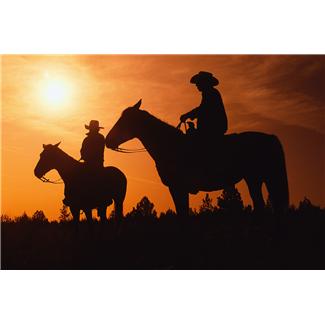The Art of Transparency
When I was in graduate school eons ago, my fiction teacher, the late novelist Barry Hannah, was kind enough to say my work showed some promise. “When you learn the big tricks,” he said, “you’ll do okay.”
“What are the big tricks?” I asked.
“You have to learn those for yourself.”
“How do you learn them?”
“By doing the work.”
I’ve done a good bit of the work since then, and I’ve learned a couple of big tricks. The biggest, I’ve decided, is learning to trust my readers. It sounds simple, but it’s not.
I have to see a scene in my own mind before I can write about it – what the place looks like, who’s there, how they move about, how they interact, what they say. The challenge is putting what I see on paper so you’ll see something similar when you read the words. The more I try to describe, the more I inevitably burden the story with so much verbiage that it sinks of its own weight. The words get in the way. The big trick is deciding what not to say.
There’s a sort of magic that transpires between writer and reader, an alchemy that occurs when two imaginations meet. If I write a book and a thousand people read it, I’ve really written a thousand books, because each reader brings a unique and special consciousness to the process. And that makes each reading experience special and unique.
I constantly remind myself that I don’t have to do all the work, and the more I do, the more I’m likely to get in the way. All I need is a few well-chosen words to set the reader’s imagination in motion. If I write “cowboy,” you’ll provide your own image. It won’t be the cowboy I see, but that’s fine. Your cowboy is just as good as mine, probably better. My job is to be transparent, to stay out of the way so you get right to the cowboy. It’s the cowboy’s story, and I’m just there to be a conduit. If you hear me, I’ve failed.
Another of my grad school professors, the poet Tom Rabbitt, said there are three kinds of writing:
- Art -- we know what that is when we see it. The characters and their story leap off the page and grab us by the soul.
- Artsy -- words begin to get in the way, a sure sign the writer is becoming enamored of his own verbal virtuosity.
- Artsy-fartsy – this guy is screaming, Look Ma, see how clever I am!
When I finish a manuscript, the first thing I do is go back and ruthlessly slash modifiers and florid excesses of description. I may need them in the first draft to help me visualize, but in sober reflection, I realize that for my readers, they’re largely unnecessary and get in the way of the story. I dang sure don’t want to leave any artsy-fartsy, and I want artsy held to a bare minimum. If what results is something vaguely similar to art, I’m a happy guy.
Next time: another big trick: geometry.
Robert Inman’s novels are available on Amazon Kindle, Barnes & Noble Nook, and Kobo.
